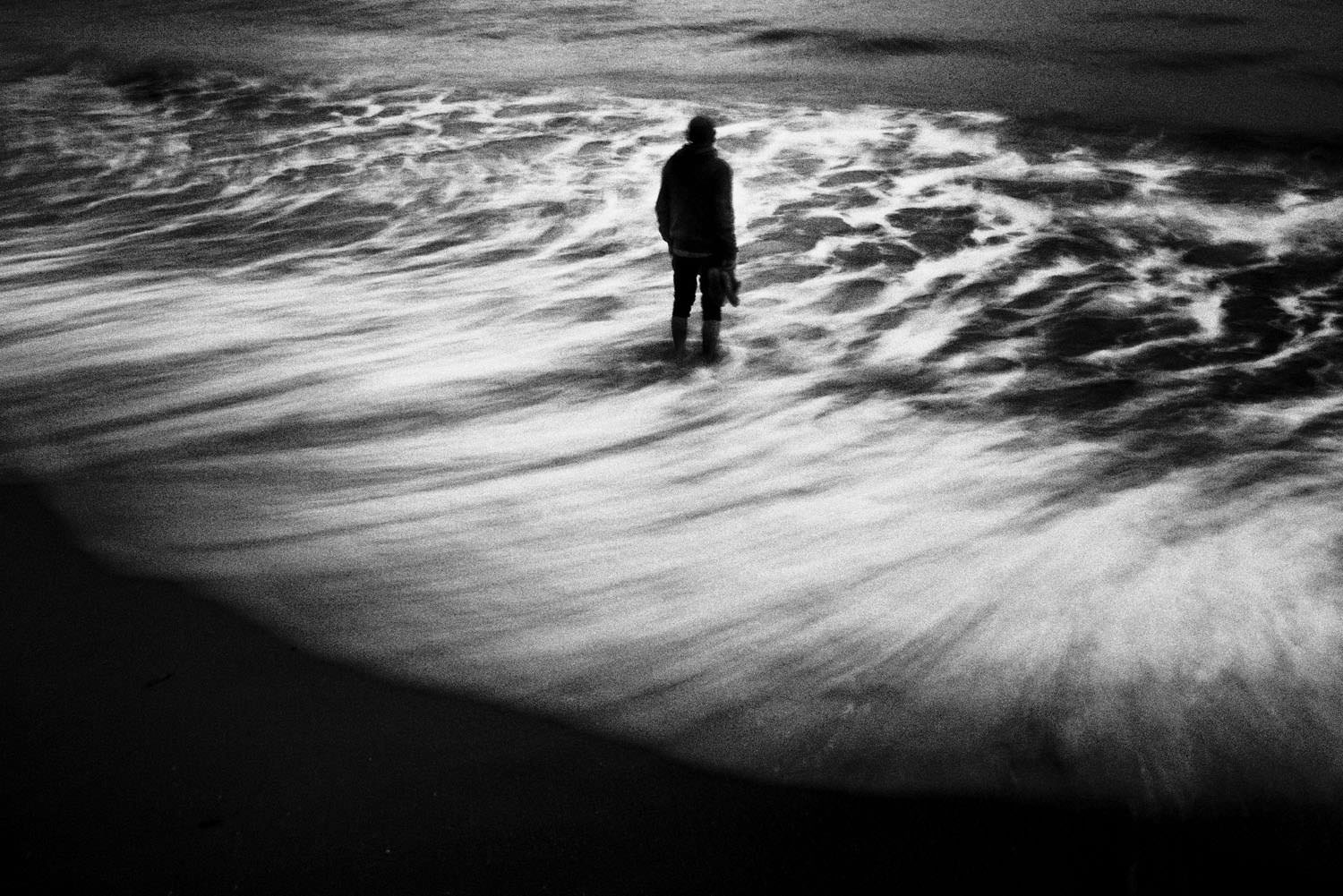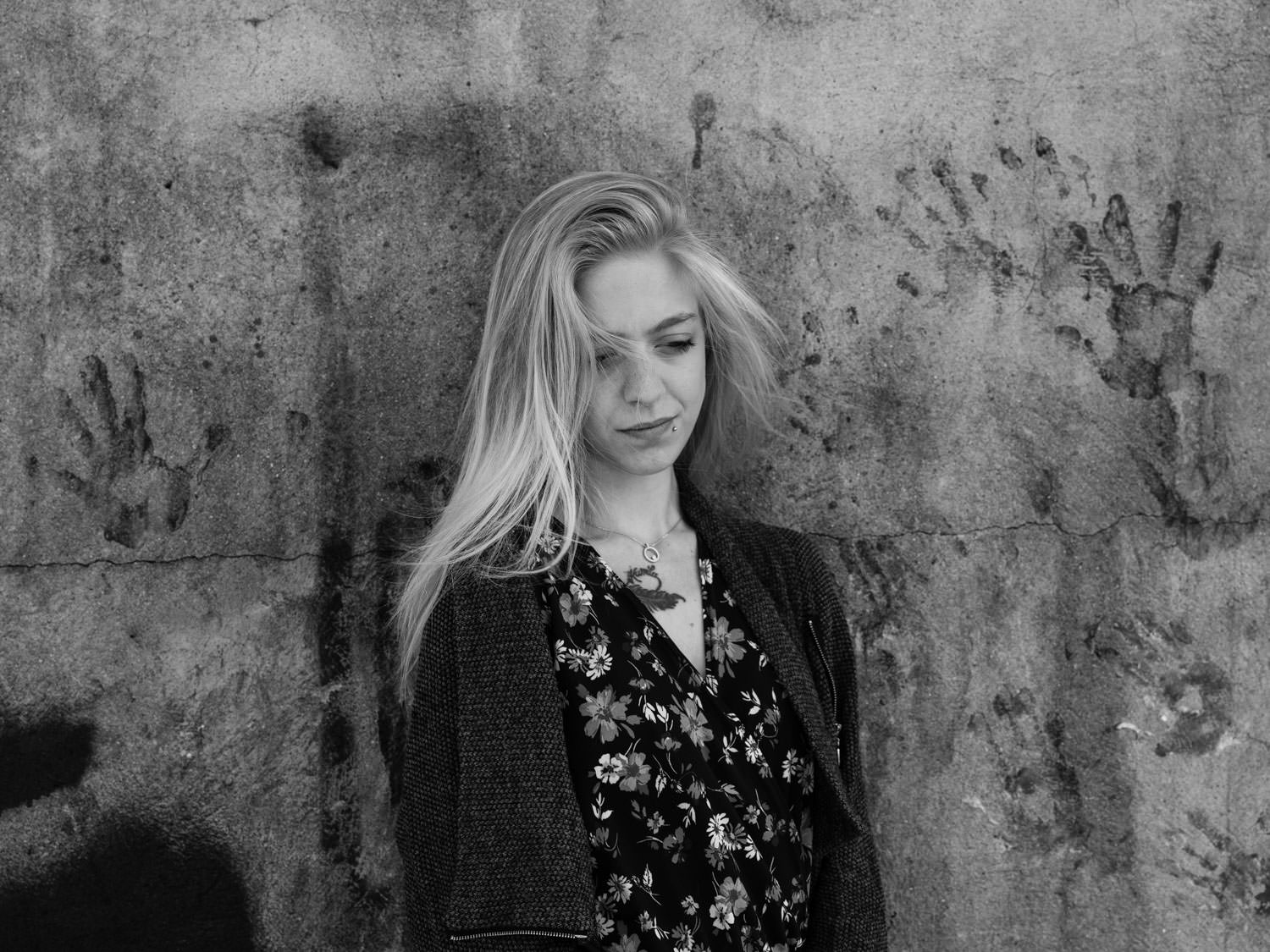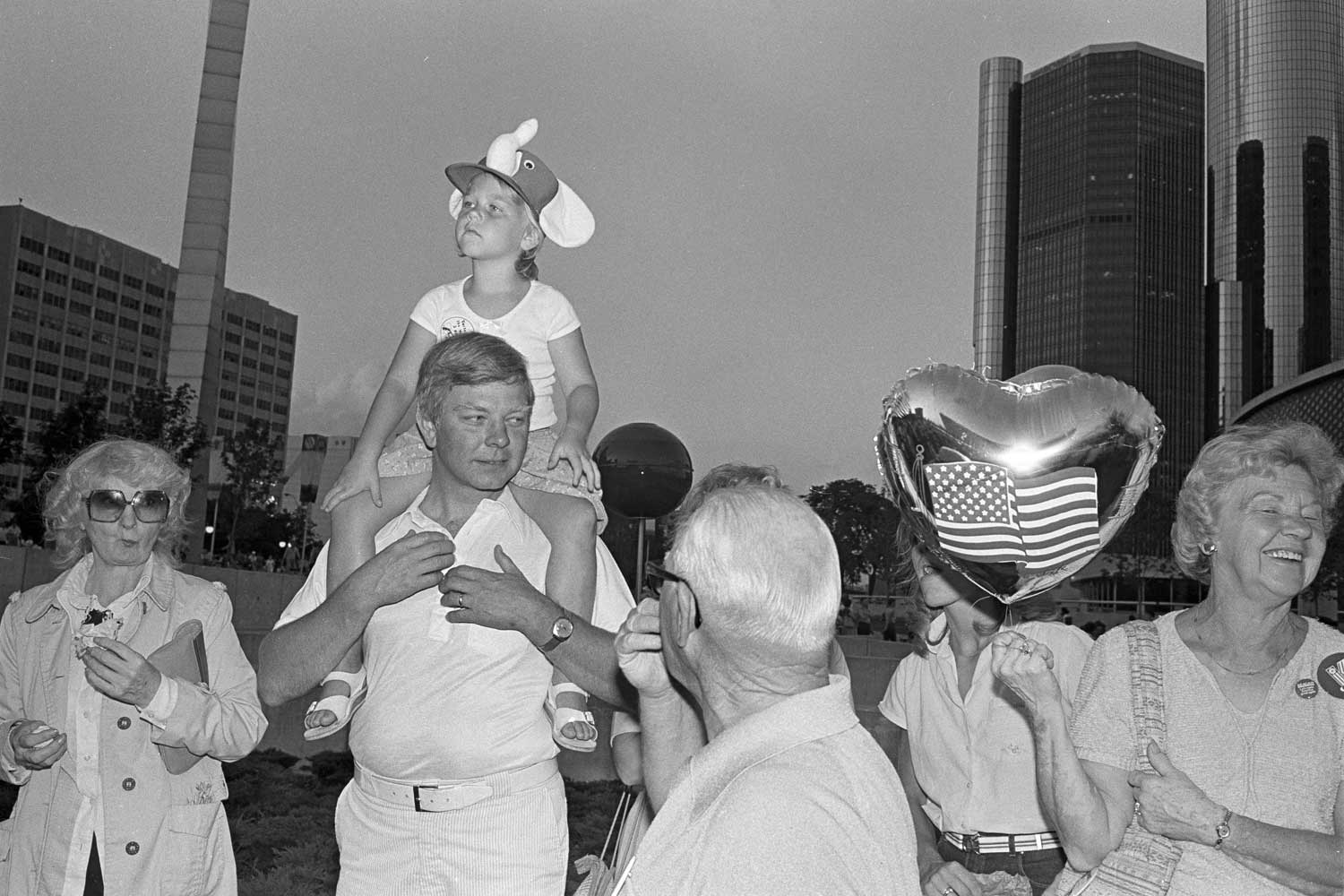
I studied photography as a fine art for both my undergraduate and graduate degrees. I selected photography because I felt that I had a story to tell. I grew up in Los Angeles and I was very much influenced by film. I often went into Hollywood to see the European films by Ingmar Bergman. I hardly understood what they were about, I was only 16 at the time, but I knew there was something I wanted out of them. I came from a family of readers and storytellers, so the idea of the veracity that we could, at that moment, ascribe to the photographic image, probably drew me quite strongly.
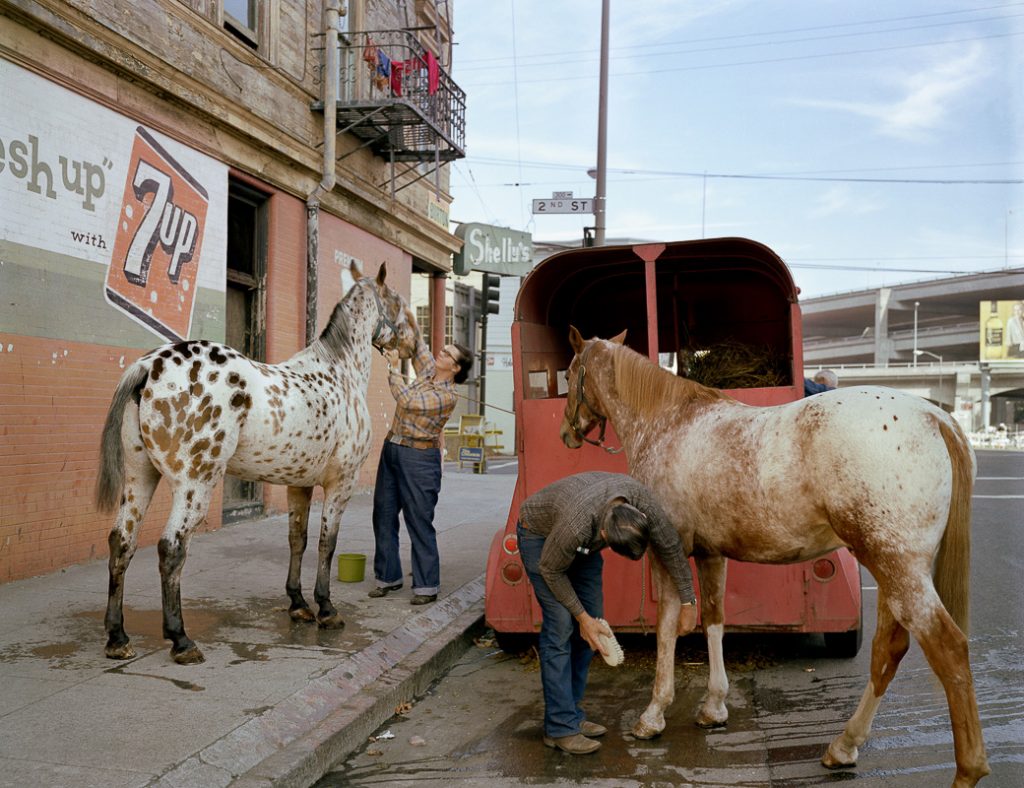
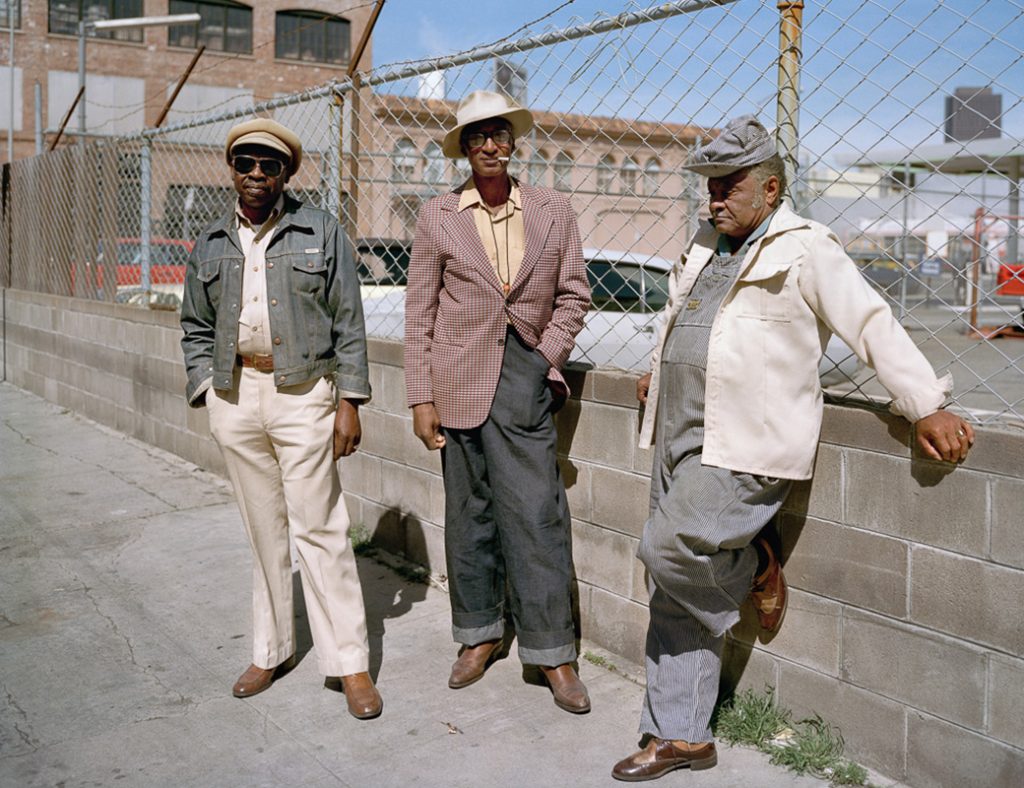
But I did not feel a compulsion to be a photojournalist where you had to be neutral. I never wanted to be without an opinion, just a translator of experience, but rather I wanted to try to express my personal point of view. So whatever project I take on I have a very strong position about it, which knocks me out of photojournalism for sure. After I graduated with my bachelor’s degree in art/photography in ’75 it was difficult to find work. There was a big, recession. I worked for a couple of years in various projects and then I took off to travel through Central America. I went overland by bus with a big tripod and medium format camera. I had about 60 rolls of film. I lasted six months on the road.
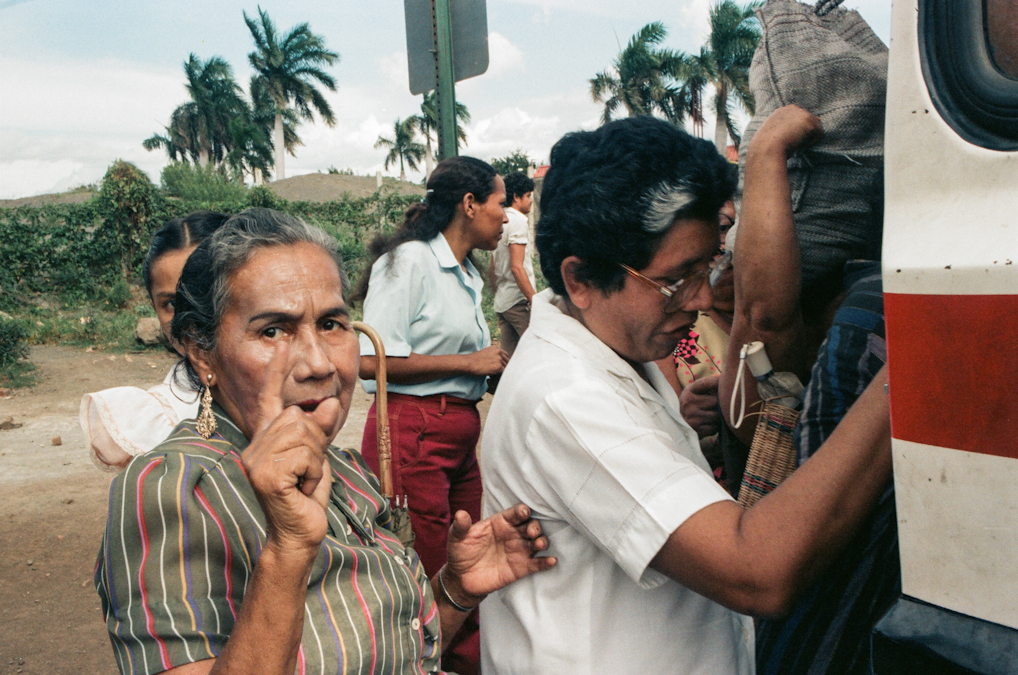

I went to Mexico, Guatemala, Honduras, Belize, Costa Rica, El Salvador and Nicaragua. I returned to Nicaragua in 1984 to photograph for Oxfam. This was after the overthrow of the Somoza dictatorship. Because of my travels in the late 1970s I understood the politics as well as the language. I returned in 1985 to document one family in Managua that was very involved with the Sandinista movement of the time. I used these photographs to fundraise for a project to construct houses for people in the Nicaraguan countryside.
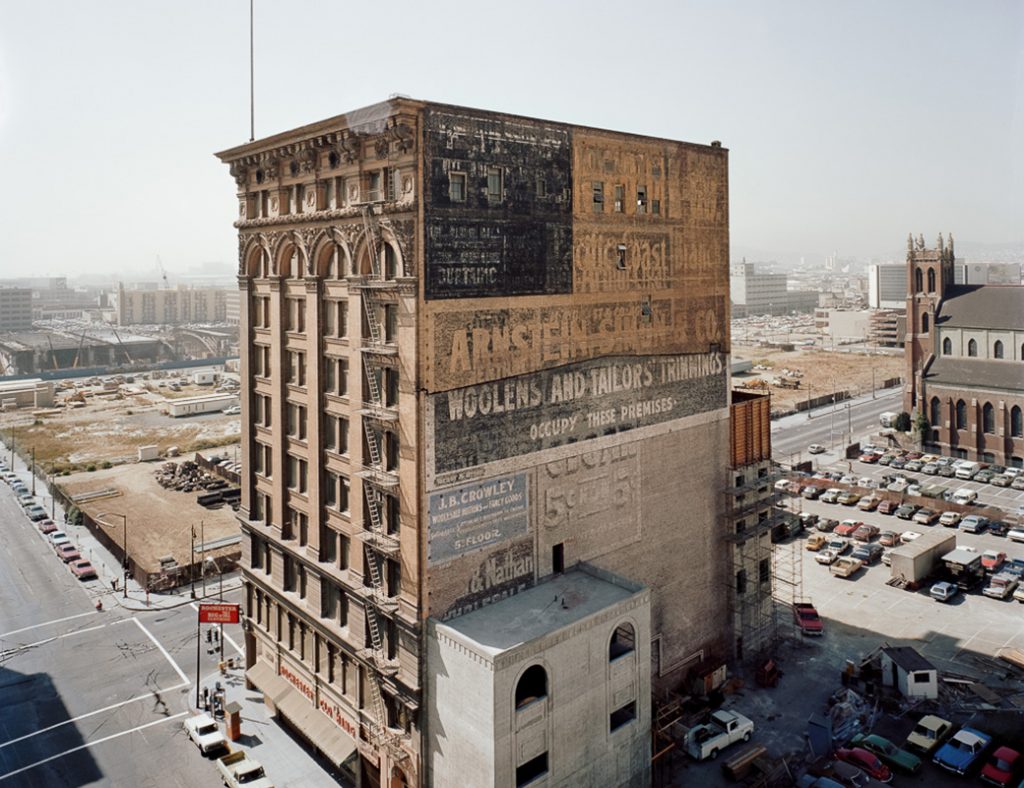
« When I was out walking in the streets with my view camera on on a tripod people would ask me what I was doing. It was my ticket to get in. The view camera was essential for that project. »
When I came back from my first trip to Central America in 1978 I moved to the South of Market district in San Francisco. I began photographing in my neighborhood. I started with a medium format camera that I had used on my travels, but I realized that this industrial neighborhood, full of warehouses, was very spread out so I decided to use a view camera (4×5) not only for the quality of the image but also because this big camera gave me a sense of presence. When I was out walking in the streets with my view camera mounted on a tripod and slung over my shoulder people would ask me what I was doing. It was my ticket to get in. The view camera was essential for that project.
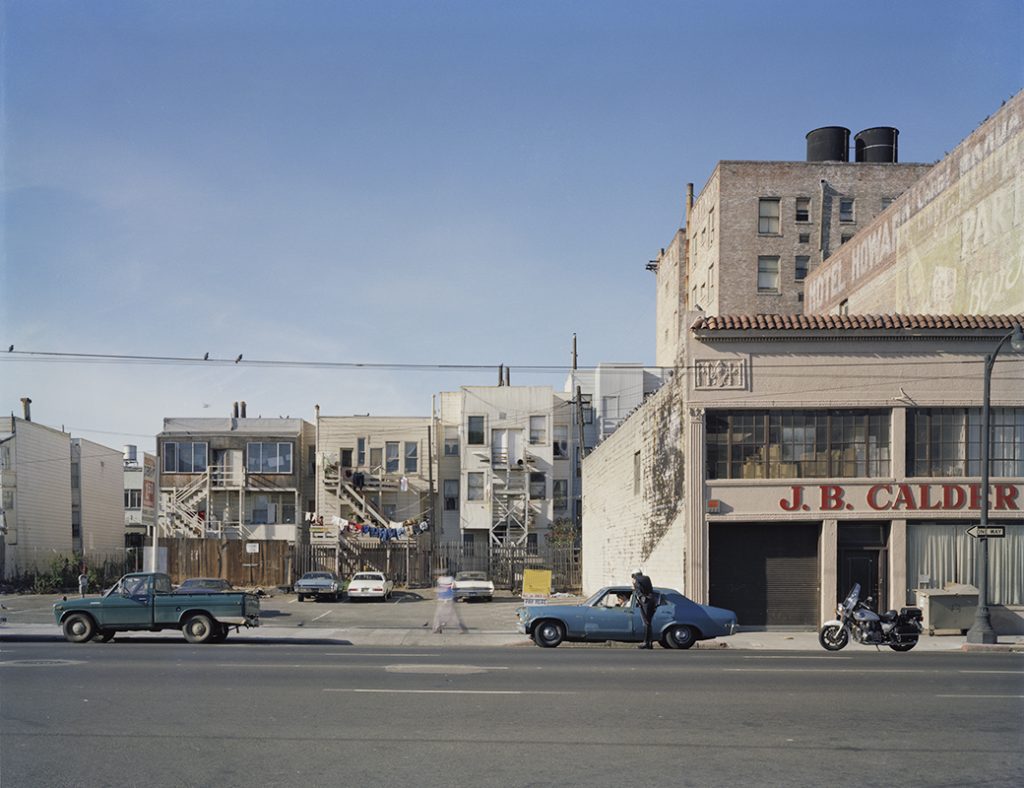
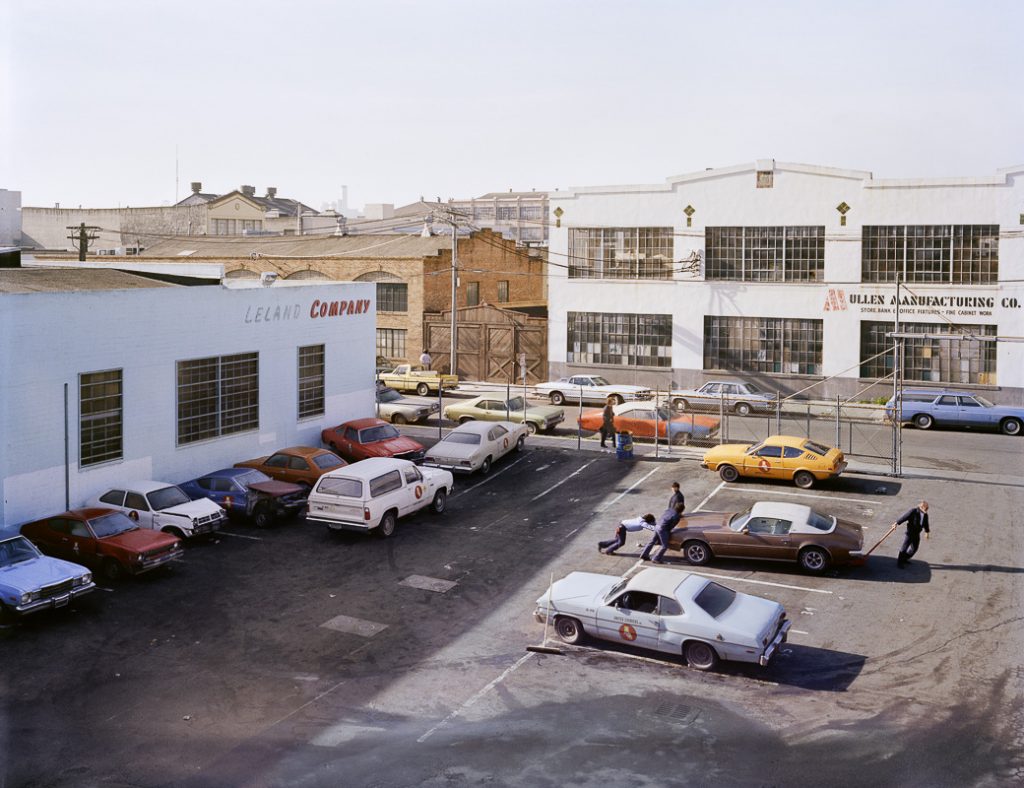
I felt that photographing in color with this sort of camera gave a sense of honor to this working-class neighborhood. During this time I had a job as a color printer in a photography lab, learning the mastery of printing, 4 days a week. I structured my life so that I would have time to photograph. I was living where I was photographing so that made a difference about the process and organization of the project. I had a kind of intimacy with the place. I documented the whole area and I focused on my street because I wanted to meet all my neighbors. I started to record people, to interview them. These stories gave that place its narrative. I made a slideshow with the voice-over of the interviews. It was a way to get deeply involved in the community and to share this experience with my audience. I showed this alongside the large color photographs of the people and the place.
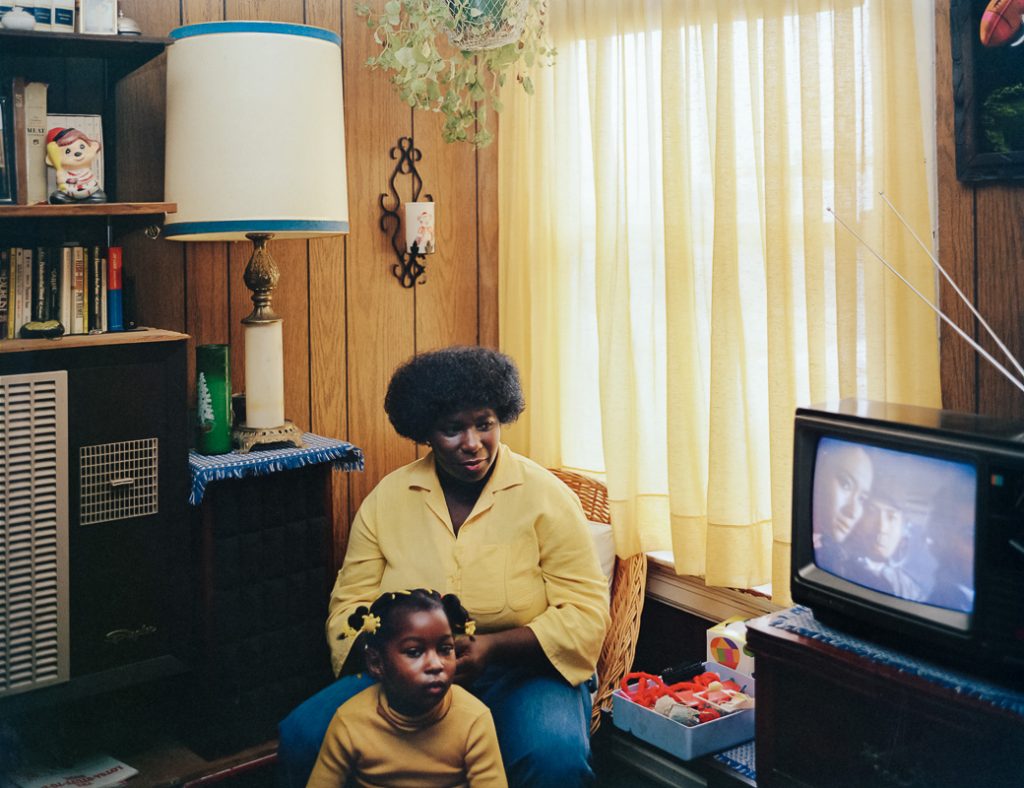
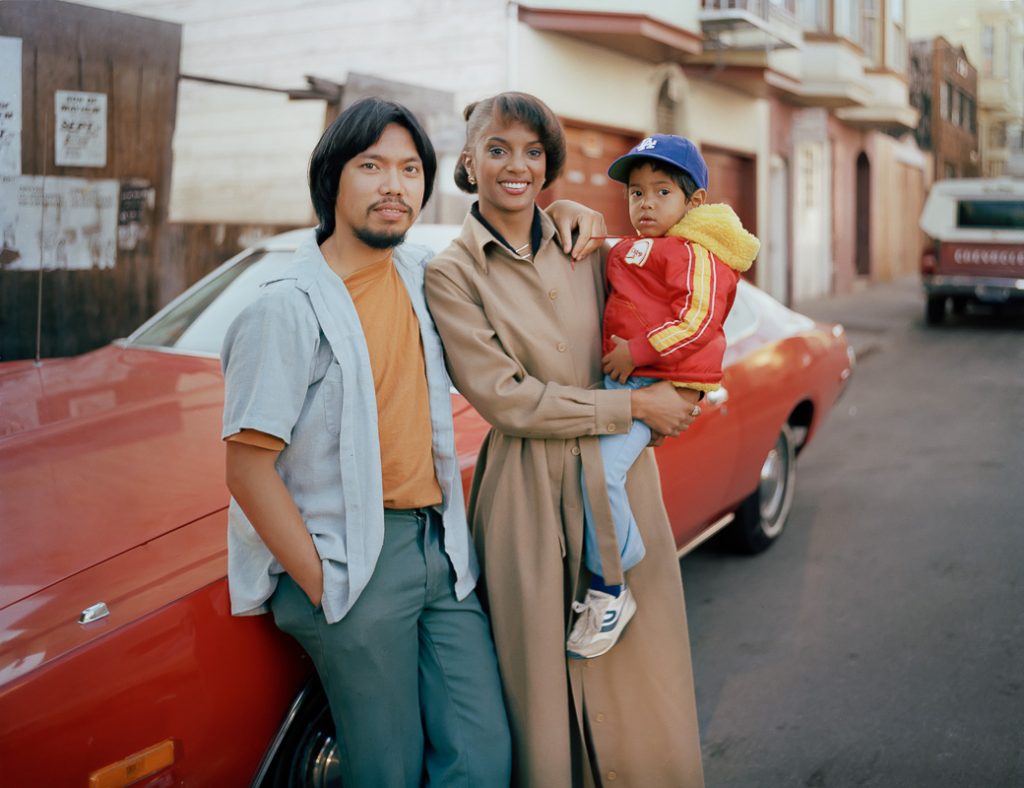
I took my first photos in the South of Market in 1978 and finished in 1986 but I had to move away from there in ’82 because the rents were rising. I moved not far, just to the Mission District in San Francisco, and I began to photograph there while still finishing the final phases of South of Market. I wanted to show the impact of gentrification, but you couldn’t see it clearly as it takes a while for cities to change. Now you can see the juxtaposition of extreme wealth and terrifying poverty but at that moment it was still in transition.
Meanwhile, I was photographing parties, parades, and protests in the Mission District. I was photographing the Latino community, many of them immigrants fleeing the wars in Central America. I wasn’t thinking of making a big project like I did for South of Market. I was just wandering, enjoying street life in my new home. These photographs were later brought together and published in 2018 as Public Matters by MACK Books.
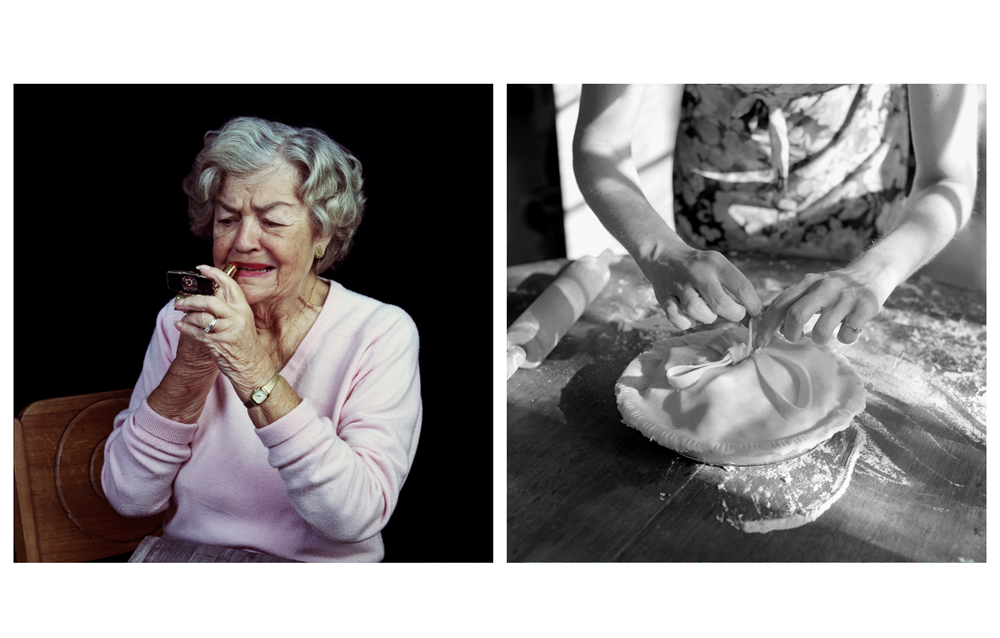
When I was 35 I had my first baby and moved across the bay to Berkeley. I continued to make pictures, but now of my family and my surroundings, mainly in my house. This project titled, « Housebound » became my journal about the sensations of family life, both intimate and dangerous. There was frustration on my part about not being able to get out on my own anymore, but I was also totally excited to raise my daughters. At this time I joined the faculty at the University of California Berkeley where I taught visual studies in the College of Environmental Design. I taught not only the mechanics of photography but also the concept. It was hard to keep up with my artistic work while teaching full-time and taking care of my aging parents and my family. I felt like I was in a boat with one paddle; afloat, but not getting anywhere. But now I see I was doing a lot of work, just not exhibiting or publishing it during this time.

Ever since I arrived in San Francisco I have been involved with a non-profit gallery called SFCamerawork. When I did the first project « South of Market » I showed the work to them. Thirty years later they did a retrospective of previous exhibitions and included a selection of South of Market. Erin O’Toole, photography curator at SFMOMA, told me she would like to write for me when I published this project. Having this small bit of encouragement was very important. With only that sentence I went back to my studio and started to make a book dummy.
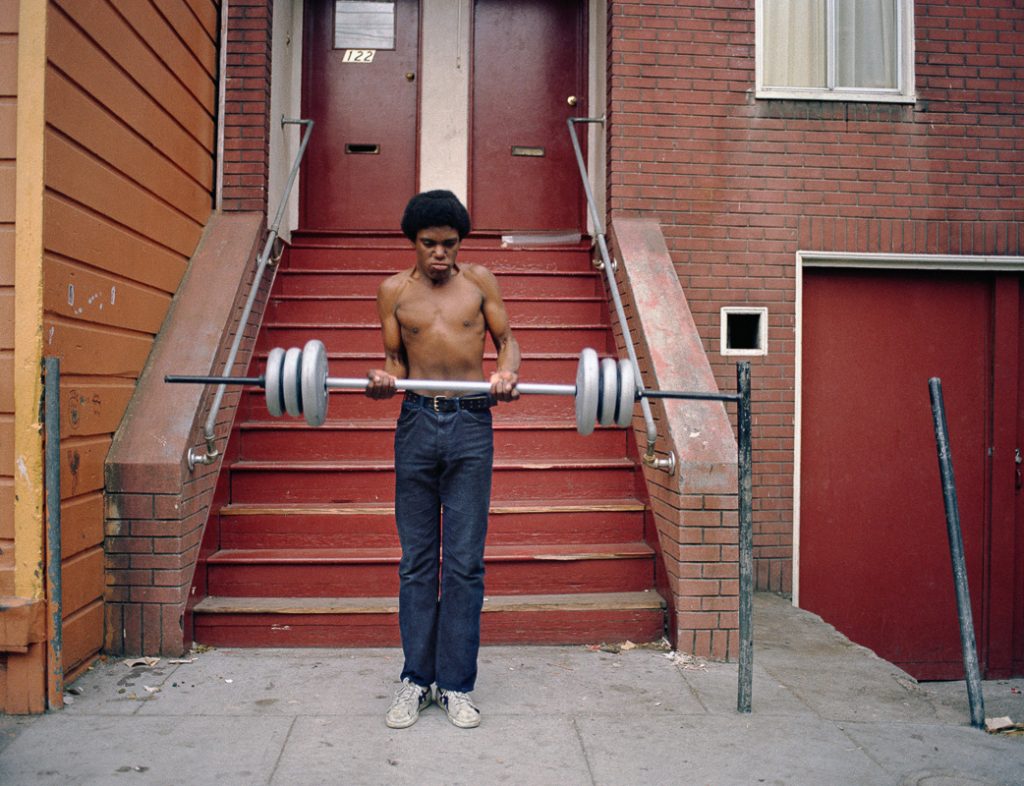
« You know it’s like a relationship, you fall in love with a project and everything is exciting to photograph and then you need to work harder and go deeper into it. »
Erin brought the dummy to Paris Photo 2012 and showed it to Michael Mack. It was a messy thing but he said «Yeah I think we can do something ». Erin has become a very important person in my life. She stood behind me and encouraged me. The fire is there but to know there is something to work toward makes a big difference.
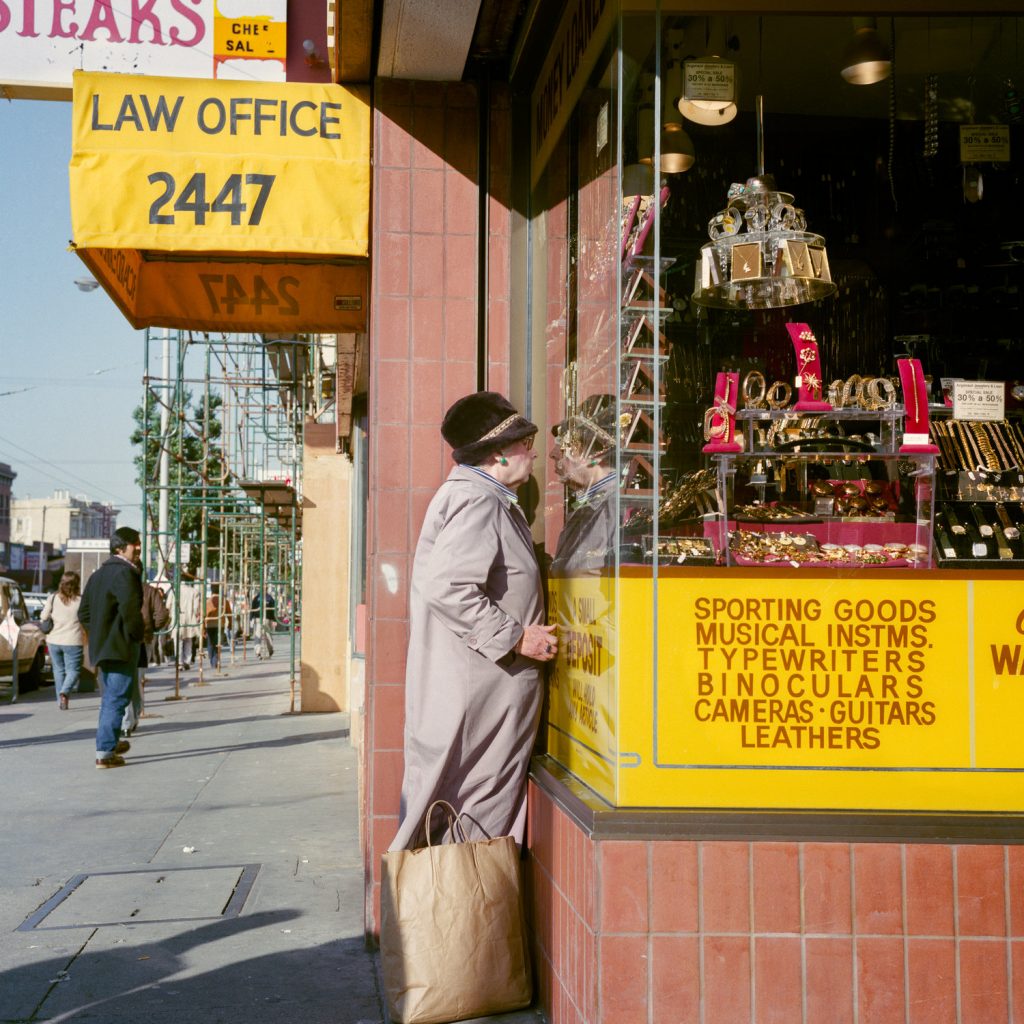
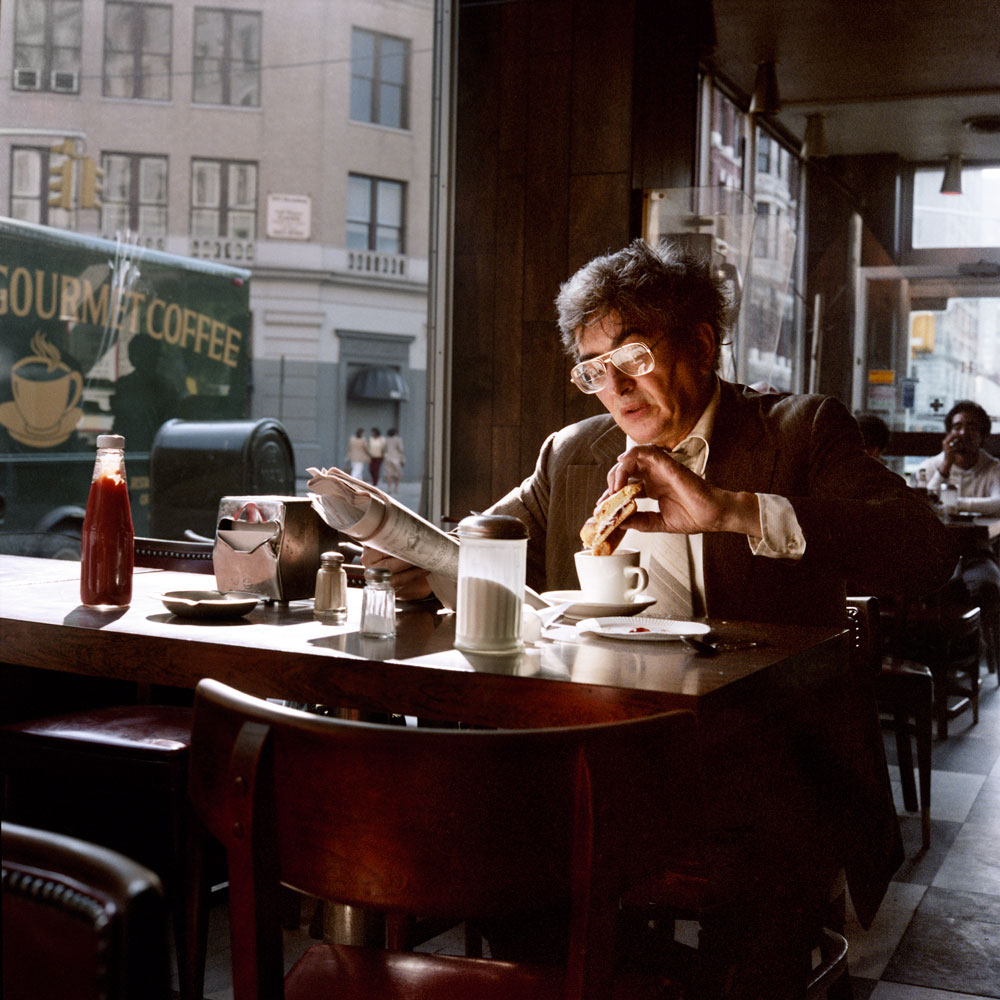
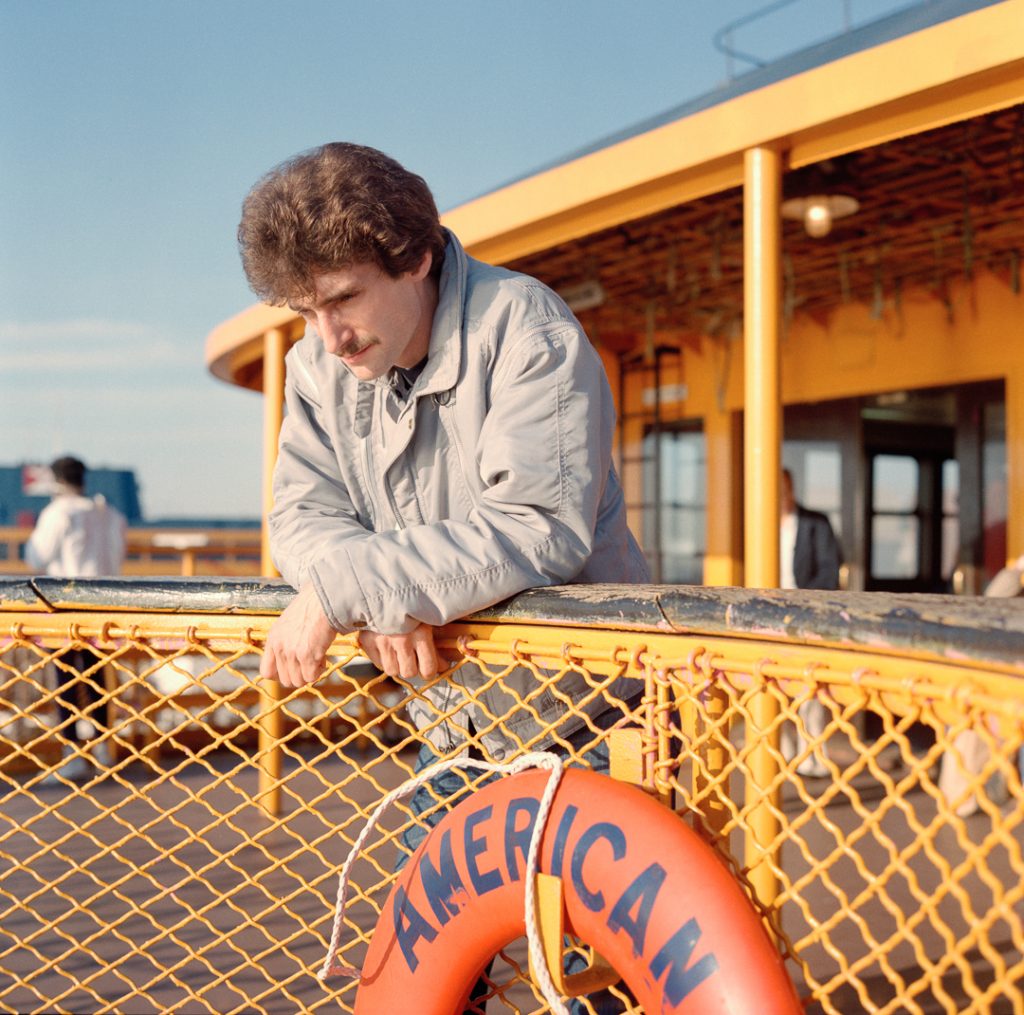
Now that I have taken time out to publish the original work from the South of Market and the Mission work in Public Matters, I am ready to go back to work on « SoMa Now » which I started in 2011 South of Market area is still changing, in fact it’s now known as SoMa, so I am still documenting it. You know it’s like a relationship, you fall in love with a project and everything is exciting to photograph and then you need to work harder and go deeper into it. Right now I feel this way. I want to go deeper with this project with a more strategic approach. I’m done with the fun part, you know, walking around, exploring and photographing everything. Now I need to focus more than that and work to finish it up. One never knows if an idea will be good; I just have to follow my intuition.
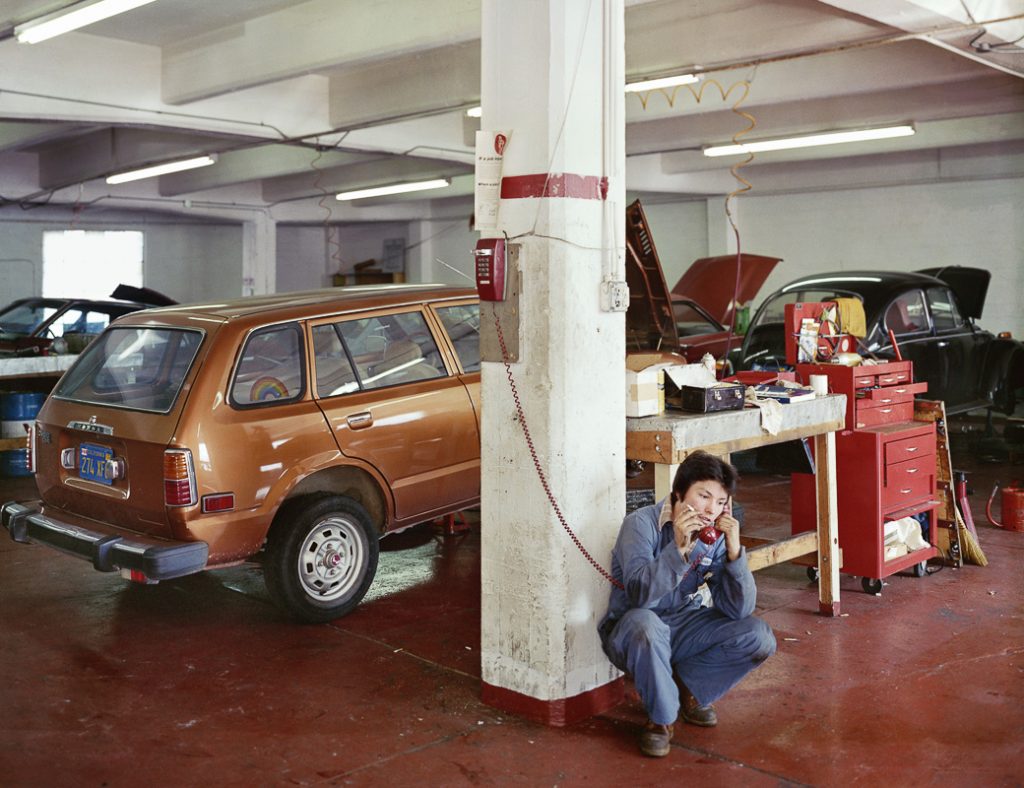
Eventually, I want to go back to the photographs I made in New York City in the 1980s. But not before I finish my current work. There is also my Housebond project. Maybe I can imagine an extended part of it now. There could be a richness to it now that my daughter lives outside of the family house and will soon be married. My younger daughter lives in Philadelphia and works as an artist, could we collaborate? Housebound has the potential to evolve. There is still a lot to do.
Conversation with Kalel Koven
Photographer’s Links: janetdelaney.com / Instagram / Mack Book
Books:
South of market by Janet Delaney – Mack
Public Matters by Janet Delaney – Mack


